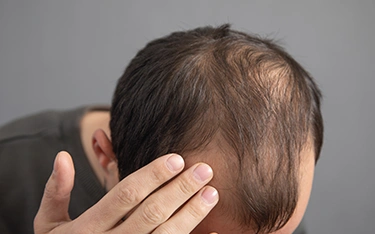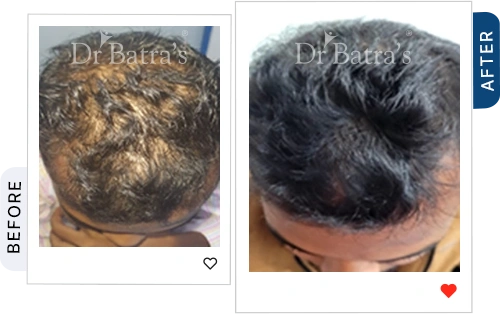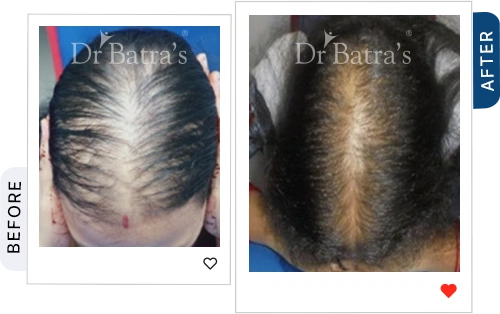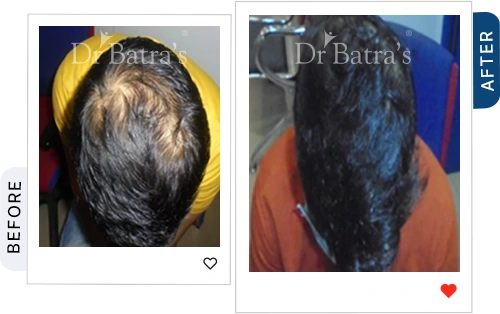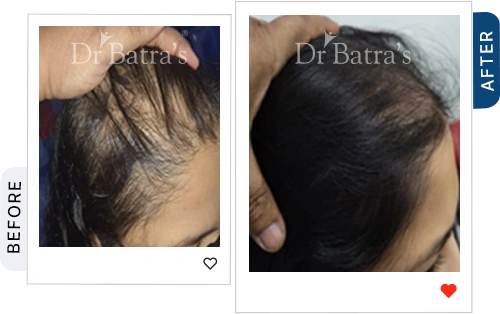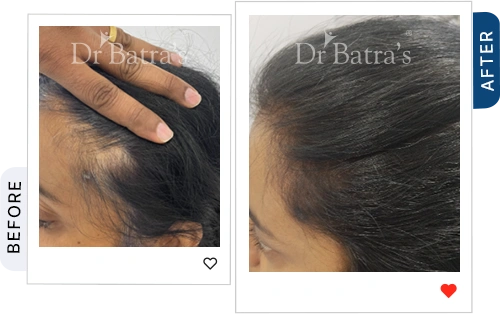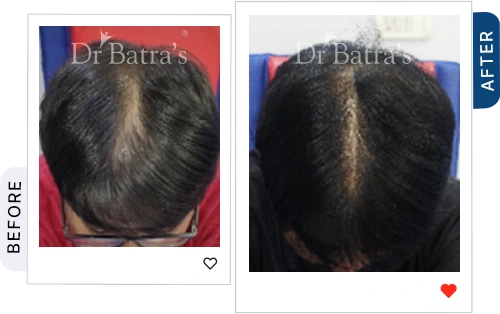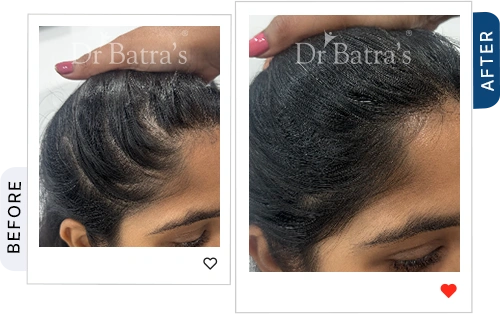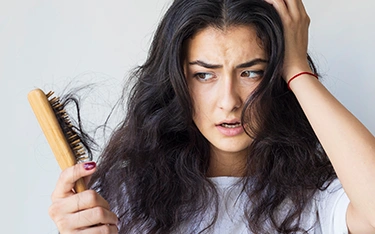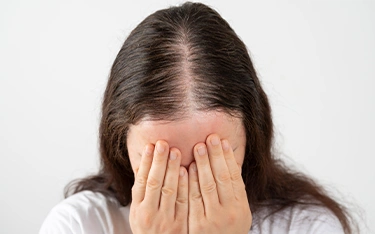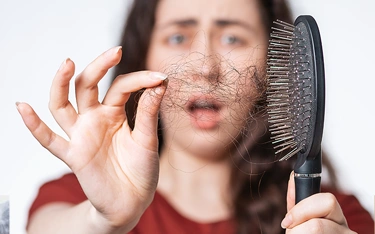FAQs
Scarring alopecia cannot be reversed, but early treatment can slow progression and maintain scalp health.
Once follicles are completely destroyed, hair cannot regrow, but treatment can prevent further loss.
Symptoms include red, inflamed scalp patches, itching, burning, and permanent bald spots. We at Dr Batra’s® use an advanced video microscope to provide a detailed and accurate analysis of the scalp and hair follicles. This technology allows the specialists to examine the scalp closely and identify areas of scarring and damage that are invisible to the naked eye.
Scalp irritation, tenderness, and patchy hair loss are early warning signs.
Yes! Managing stress, avoiding harsh treatments, and eating a balanced diet can help improve scalp health.
No, scarring alopecia is not contagious
